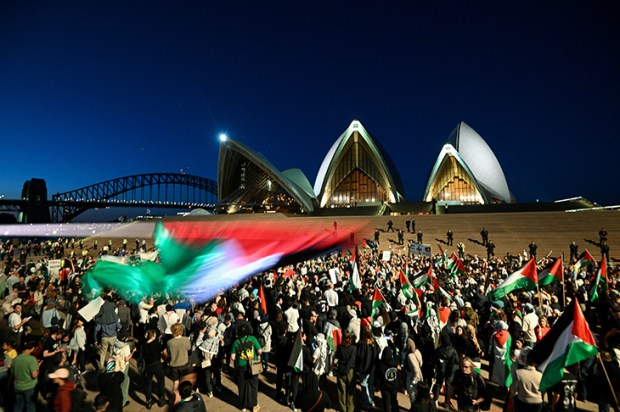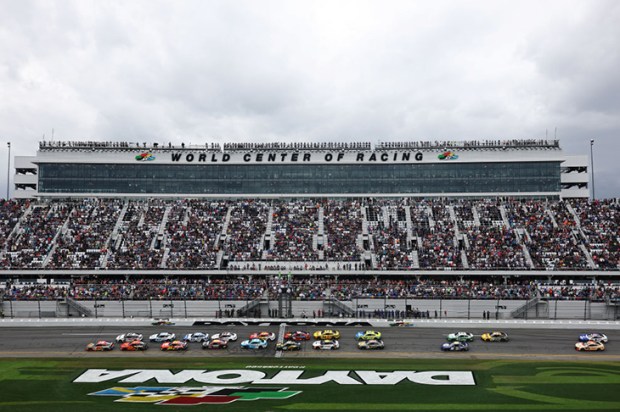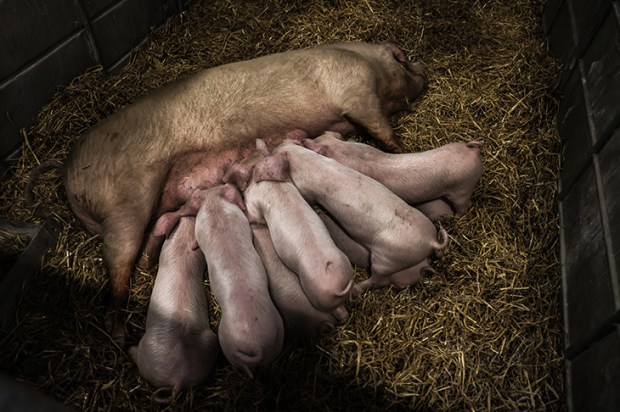Trumped? Opposition leader Peter Dutton held a hand full of political aces just a couple of months ago. But as Labor’s campaign against the divisiveness and possible risks to Australia of US President Donald Trump redux (‘in uncertain times, choose the devil you know over the devil you don’t know’), Dutton has been hard put to take a trick, with many of his sensible smaller-government reforms being attacked through a Trumpist lens. This fantasy was allowed to get traction over the reality that a strong leader like Dutton would have a greater prospect of being able to deal with Trump to Australia’s benefit rather than a weak Albanese who leads a divided leftist party with a brand of politics that Trump abhors, and who can’t even talk to Trump on vital issues like tariffs.
But Trump is not an adequate excuse for the Liberals’ inevitable failure to convert their earlier polling superiority into numbers in the House of Representatives – let alone the Senate which remains a chamber of horrors to either of the major parties.
Apart from Peter Dutton who did a professional, if at times boring, job on a personal level in his public appearances, the Coalition’s basic problem was its misjudged and incompetent overall election campaign strategy, particularly the lateness of vital policies and the soft, boring, don’t-startle-the-horses public advertising of its message.
This soft-sell style was rendered largely inappropriate in the face of an effective, dishonest lies-strewn Labor assault, allied to a multi-billion dollar set of populist bribes, turning what was a potential Coalition win into another three years in opposition.
As the leftist Crikey complained, under the headings ‘Is this the worst election campaign ever?’, ‘The election campaign has turned into a reckless spendathon by the major parties – while they ignore the most important problems facing Australia’. This was echoed by The Spectator Australia’s Judith Sloan who lamented that the campaign has mainly been about ‘what’s in it for me, with far too little about the national interest and what should be done to achieve prosperity in the longer term’. And the Australian’s Greg Sheridan described this contest between ‘a government that plainly deserves to lose against an opposition that does not deserve to win’ as ‘the worst election campaign I’ve ever seen’.
A Labor campaign relying heavily on lies, particularly the recycled Mediscare lie from previous elections, was totally predictable. What the Coalition clearly needed was a strong message that linked proven lies of the 2022 election (the $275 a year cut to electricity bills and lowering the cost of living) to whatever further promises Labor would make to buy their way back into power. As a former MP who held a marginal seat for three terms, in part by following the advertising industry mantra that tunes carry messages, I made a case to the campaign in early March for a bouncy hard-to-get-out-of your-head draft of a jingle that would tar Albanese’s 2025 promises with the same brush as his 2022 election lies. I received no response. My final version (which was not sought by HQ) was based on the 1950s Fred Astaire song ‘Why did you believe me when I said I loved you when you know I’ve been a liar all my life’.
‘Why would you believe an Albanese promise when you know he lied to get your vote last time.
He lied he’d lower living costs and cut your power bill.
Instead they’re way, way up and interest rates are higher still.
Now he’s recycling Medi-scare campaigns he knows aren’t true.
And billions in fake promises he knows he’ll never do.
Don’t vote him back to office to inflict on us more pain.
Don’t let Albo lie his way back into government again’.
This sort of attack ad was clearly too vulgar for Liberal Campaign HQ, but one consequence of not fighting fire with fire is losing.
Despite the inevitability of a campaign of Labor lies and presumably on the basis of focus group advice that women don’t like aggressive politics, Liberal ads were notable only for their capacity not to surprise, excite, arouse, annoy (the enemy) or deal with any of Labor’s lies. And apart from some Dutton self-defence, Labor’s lies were hardly mentioned for most of the campaign. As Dutton eventually admitted on Sky News, Labor’s ads that are ‘completely full of lies… are impactful’ and show that Prime Minister Albanese ‘has a problem with the truth….We should have called him out a lot earlier than we did’.
It was only in the last week or so that the Coalition started to fight back against the lies that commentators, particularly on Sky News, had been calling out for months. Back in early February, Sky’s Paul Murray warned that Albanese’s tactic was to ‘lie his way back into office for a second term having lied his way into his first term’ and the Nightly editorialised that Peter Dutton’s dour and dire campaign has been no match for Mr Albanese’s daily dominance of the narrative, denial and deceit included.
This wimpish Coalition campaign did generate angry feedback from grassroots Liberals, with many electorate offices receiving complaints about the lack of cut-through messages, the need to redirect focus to policies and to hit hard on Labor’s failures and lies, which left it to Dutton to spend a lot of his time having to deal with Labor’s dishonest attacks.
But while Dutton and many of his colleagues did eventually respond in strong terms to this Labor barrage of dishonesty, (’Australia, we have a liar in the Lodge,’ declared deputy Liberal leader Sussan Ley in her warm-up to Peter Dutton at the party’s election campaign launch), Liberal campaign HQ’s politeness obsession in its advertising (in the face of Labor’s institutionalised lying) persisted right up to the two soft ads that ended the campaign.
Following Labor’s relatively successful (if dishonest) campaign filled, once again, with unsubstantiated scare tactics and billions of dollars of unachievable promises, what does the return of an Albanese government, dubbed by many as Australia’s most left-wing since Whitlam, mean for Australia? And what will it really stand for?
As the Australian’s Paul Kelly wrote last weekend, ‘Albanese is far removed from the Hawke-Keating age. Labor could almost be another party. There’s no will to tighten the budget, reform much of the non-market government sector, provide genuine tax reform as opposed to relying on personal income tax bracket creep to finance bigger government. He has undermined the Keating enterprise bargaining model, he talks about the need for productivity while his policies have little hope of delivering it.’
So the legitimacy of the next Albanese government, according to Kelly, ‘hinges on restoration of living standards, real wages, non-inflationary economic growth, higher productivity and a vibrant market economy’. But on all scores it failed in its first term, yet looks like avoiding the electoral consequences of that failure. This is, as Kelly notes, because support for the Albanese government has only been a function of lack of support for the Coalition – along with a ‘low-grade election campaign marked by lies and negative assaults’. Its second term, in an uncertain world economy, promises, at the very best, more of the dismal same.
Got something to add? Join the discussion and comment below.
You might disagree with half of it, but you’ll enjoy reading all of it. Try your first month for free, then just $2 a week for the remainder of your first year.













